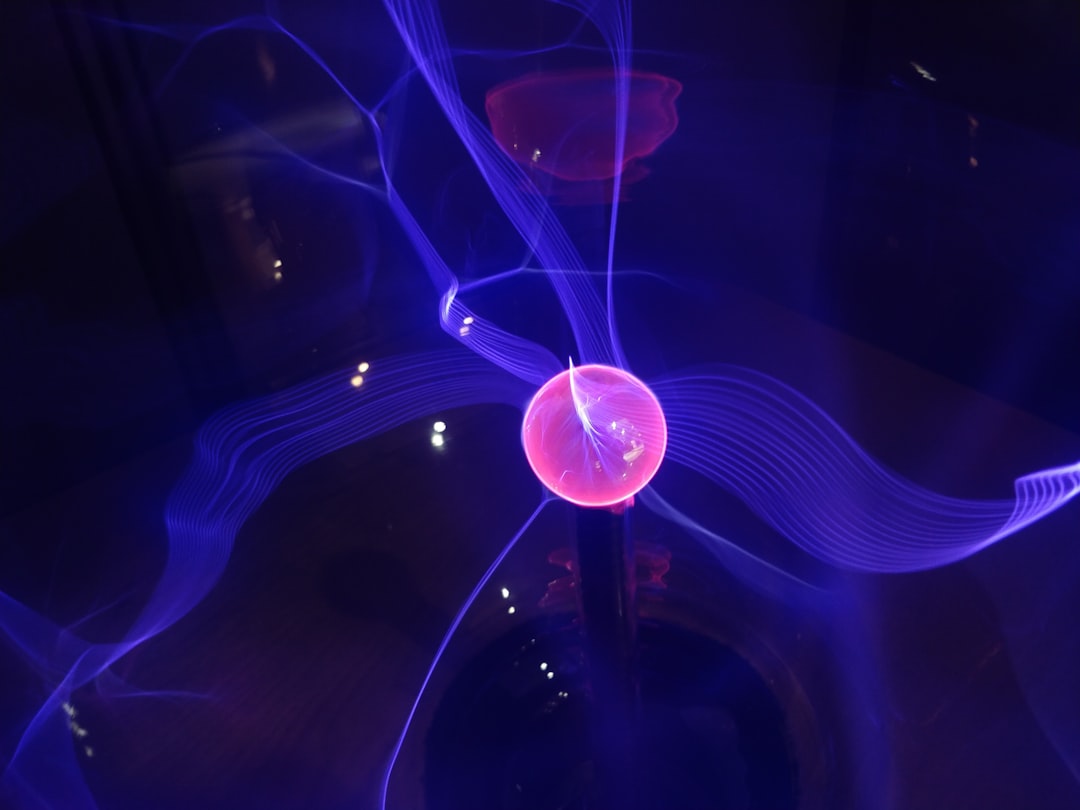INTRODUCTION TO PHYSICS – GRADE TEN PHYSICS

About Course
Learning outcome for Introduction to physics
Introduction to Physical science is a part of Grade ten courses which will introduce you briefly to the secondary physicsPhysics (from Greek: physis "nature") is a natural science ... More. in that regard, you will go through the preliminary knowledge and skills that are required for you to start learning physicsPhysics (from Greek: physis "nature") is a natural science ... More.
For that, at the end of this course you should expect to acquire the following skills which will enable you to learn physicsPhysics (from Greek: physis "nature") is a natural science ... More with enough confidence.
- Explain the concept physicsPhysics (from Greek: physis "nature") is a natural science ... More as a natural scienceNatural science refers to all the sciences involved in the s... More
- Describe the process of conducting experiments in physicsPhysics (from Greek: physis "nature") is a natural science ... More
- Describe the elements of care in the science laboratory
- Plot and interpret graphs representing data from a physical experiment
- Identify the most common sources of error occurring when conducting an experiment
- Solve problems based on right-angle triangle and their trigonometric functions (sine, cosine and tangent)
- Calculate the area of regular and irregular shapes
- Calculate the volume of regular solids.
Note: Please pay a careful attention to this course, because it covers all the skills that you need for you to learn physicsPhysics (from Greek: physis "nature") is a natural science ... More, not only for Grade ten, but also all the other grades and after your secondary. This is what makes this course to be more crucial.
All the experiments that you will conduct along your academic journey, will draw knowledge from the introduction to physicsPhysics (from Greek: physis "nature") is a natural science ... More. Mathematical knowledge, needed for secondary physicsPhysics (from Greek: physis "nature") is a natural science ... More was also taken into consideration in this course. So, you won’t need to worry about plotting graphGraph is a visual representation of the relations between ce... More, using Pythagoras theorem, area and volume of the geometrical figures and solids, respectively as well as the basic trigonometrical skills will not pose you a challenge at all. All you need to do is just pay the maximum attention to this course.
As you go through the Introduction to physicsPhysics (from Greek: physis "nature") is a natural science ... More course, you are always free to ask appointment with the tutor, in case of any challenge. This is because,if you are just starting to learn physicsPhysics (from Greek: physis "nature") is a natural science ... More, you need a strong foundation. And if you have already started, and you need a catch-up, it is very important not to miss a detail, more especially, if you are getting close to the final examination. It is also important to discuss with your group mates through the forum and video chat options,which are available in this platform.
Please don’t miss the assessment exercise to assure you are up-to-date with your actual progress in the course. It is also advisable to proceed to the next course after you are certain you have fully understood the contents of the Introduction to physicsPhysics (from Greek: physis "nature") is a natural science ... More course.
Course Content
CONCEPT OF PHYSICS
Draft Lesson
CONDUCTING EXPERIMENTS IN PHYSICS
CARE IN LABORATORIES
MATHEMATICAL REQUIREMENTS FOR PHYSICS
Student Ratings & Reviews

